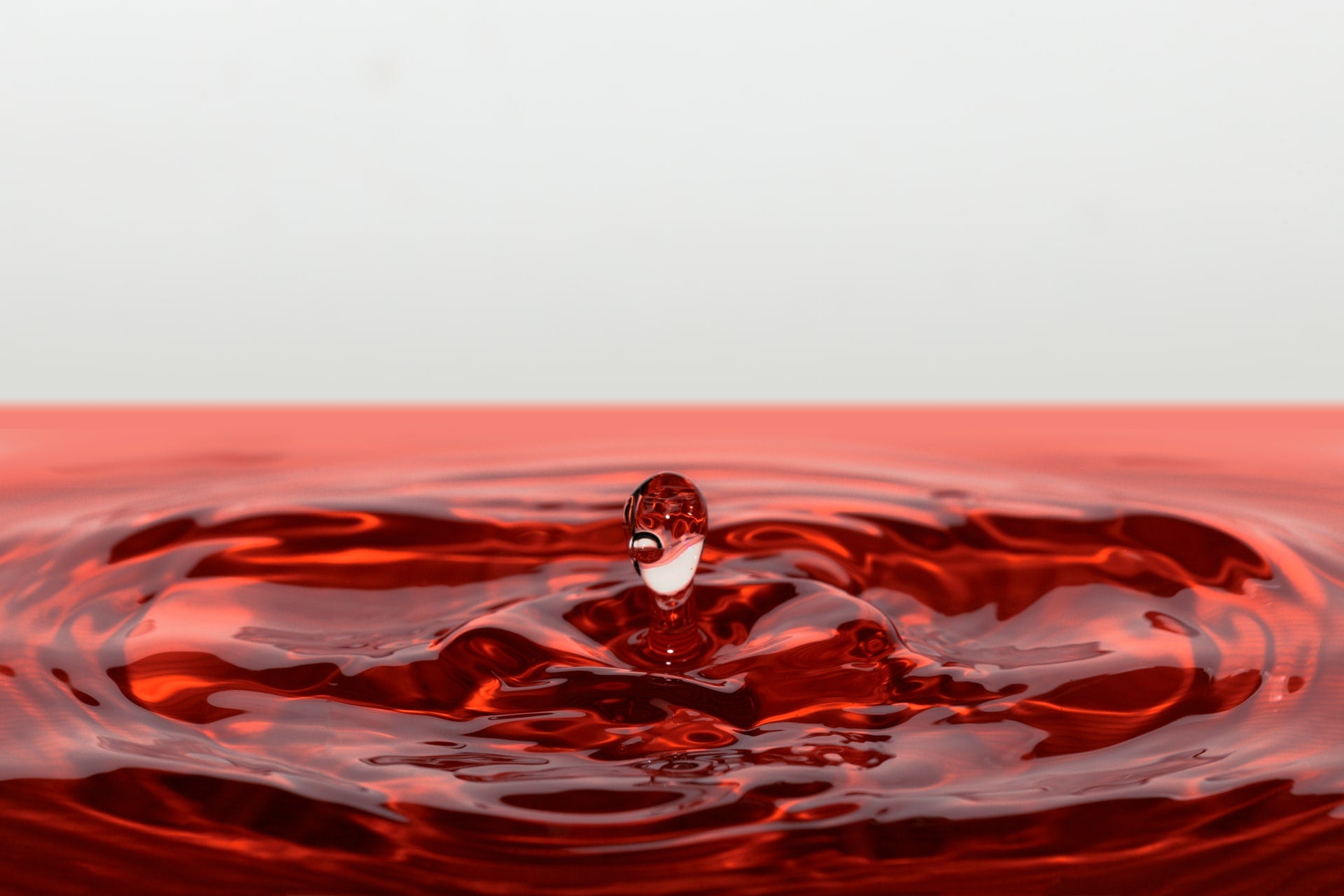
Astaxanthin: The Antioxidant Queen of Skin Care
Asta-what? Astragalus, right? Nope! It’s astaxanthin this time.
Toted as one of the most potent antioxidants ever discovered, astaxanthin is a naturally occurring keto-carotenoid. Due to its deep red-orange color, it's responsible for pigmenting animals that consume it such as flamingoes, salmon, and crabs.
What is astaxanthin?

Astaxanthin is a secondary metabolite (an end product of metabolic activity) that is naturally synthesized by a number of marine animals, bacteria, microalgae, and yeasts. Currently, it's commonly used in various industries including food, cosmetics, nutraceuticals, and pharmaceuticals (Davineli et al., 2018). It can be ingested as a supplement or used topically in a skincare or cosmetic formulation.
While astaxanthin can be derived synthetically, astaxanthin derived from H. pluvialis, (a unicellular green alga) is the main source for the astaxanthin used in dietary supplements and in the cosmetics industry. Because of its molecular structure of having a keto- and a hydroxyl group on each end of its molecule, astaxanthin has unique features that support its potential use in promoting human health (Davineli et al., 2018).
Astaxanthin is reported to have antioxidant, anti-inflammatory, anti-aging, antidiabetic, anti-atherosclerotic, and even anticancer activities. In this blog post, we’ll focus more on the skin benefits of Astaxanthin.
The benefits of astaxanthin for skin
1. Astaxanthin is a potent antioxidant
An antioxidant is a molecule that inhibits oxidation and oxidative damage. As the body ages, it undergoes oxidative stress. This causes the skin to age and become more fragile, leading to slower healing and regeneration. By decreasing the level of oxidative stress, astaxanthin can help treat a variety of aging skin issues and related diseases.
Due to its unique molecular structure, astaxanthin displays a higher antioxidant activity in comparison to other carotenoids and beta-carotenes. This is due to the polar end groups on each end of the molecule that fight free radicals, while the double bonds of its middle segment enable it to remove damaging high-energy electrons (Higuera-Ciapara et al., 2006).
Furthermore, Astaxanthin also inhibits ROS (reactive oxygen species) formation and activates the cellular antioxidant defense system called the Nrf2 pathway (Davineli et al., 2018). ROS in excess levels can accelerate skin pigmentation, cause DNA and cellular damage, inflammation, and lead to slower healing times (Xu et al., 2017). By activating the antioxidant defense system, Astaxanthin regulates anti-inflammatory gene expression and inhibits the progression of inflammation (Ahmed et al., 2017).
2. Astaxanthin is an anti-inflammatory
Research has shown that continued oxidative stress (from aging and exposure to UV light) can lead to chronic inflammation on the skin (Davineli et al., 2018).
It has been shown that astaxanthin treatment inhibits the inflammatory effects of UV radiation by decreasing UV-induced reactive nitrogen species production, inflammatory cytokine expression, and apoptosis (cell death) in the epidermis (Yoshihisa et al., 2014). Through these biochemical processes, astaxanthin helps relieve the skin of sensitivity, redness, and inflammation.
Furthermore, the inhibitory effect of astaxanthin on the production of pro-inflammatory inducible Nitrous Oxide (iNOS) has important implications for the development of anti-inflammatory drugs for skin inflammatory diseases such as psoriasis and atopic dermatitis (Davineli et al., 2018). By preventing inflammatory mediators and displaying high antioxidant activity, astaxanthin is a great anti-inflammatory for the body both internally and externally.
3. Astaxanthin can help with skin repair and wound healing
As we humans age, we experience photo-aging as we are exposed to UV rays for a longer period of time, which can lead to the generation of ROS (reactive oxygen species). In turn, UV-induced ROS stimulate the synthesis of MMPs (Matrix metalloproteinases), which are responsible for the degradation of the extracellular matrix and its collagen content (Birkedal-Hansen, 1987). This often leads to thinner and more fragile skin, with a slower rate of epithelialization.
Studies have shown that astaxanthin can decrease the damage incurred from photogaging by suppressing cell damage caused by free radicals and inhibiting the expression of MMPs in different cells (Kishimoto et al., 2010). Furthermore, studies have shown that astaxathin can help improve wound healing by accelerating the process by increasing the dermal thickness and lowering inflammation in the wound (Meephansan et al., 2017). This is so because astaxanthin increases the expression of certain proteins that promote cell and collagen proliferation (Chou et al., 2016).
4. Astaxanthin can have anti-aging effects on the skin
As the skin ages, collagen levels slowly decrease, resulting in skin with less hydration, elasticity, and thickness. This can lead to the appearance of wrinkles, hyperpigmentation, and sun spots.
In two human clinical studies, oral and topical treatment of astaxanthin was able to improve the subjects’ skin wrinkles (crow's feet), age spot size (on cheeks), skin elasticity, skin texture, and moisture content after 8 weeks of continued use (Tominaga et al., 2012).
The improvement in skin texture, decrease in wrinkle depth, and moisture is mainly due to a reduction in trans epidermal water loss and collagen fiber recovery. Astaxanthin promotes collagen fiber recovery by protecting the dermal layer from oxidative damage (Tominaga et al., 2009). Furthermore, a 2020 study shows astaxanthin increases dermal moisture by enhancing aquaporin-3 (AQP3) activity, a water channel that plays a major role in skin hydration (Ikarashi et al., 2020). The results of these studies suggest that astaxanthin derived from H. pluvialis can improve skin condition through increasing dermal moisture and collagen levels in all layers such as corneocyte layer in the stratum corneum (outermost layer) and the basal layer (innermost layer in the epidermis) in both male and female subjects.
Conclusion
Due to its high antioxidant capacity, anti-inflammatory, moisturizing and collagen-boosting capabilities, astaxanthin adds a powerful boost to any skincare or dietary regimen. This is why LOA SKIN uses astaxanthin as an ingredient in the Botanical Recovery Serum.
Through multiple studies, consistent oral supplementation in combination with topical administration of astaxanthin has been reported to improve skin function and increase skin moisture (Davineli et al., 2018). According to our research, astaxanthin should be ingested both orally and applied topically for maximum results.
While the topical application of astaxanthin has little to no side effects, the ingestion of astaxanthin (dependent on dosage) has been reported to lower blood sugar and blood pressure levels and affect bleeding. If you have any concerns about incorporating astaxanthin into your daily diet or skincare routine or have pre-existing medical conditions, we always recommend consulting your healthcare provider and a dermatologist.
References
Ahmed, S. M., Luo, L., Namani, A., Wang, X. J., & Tang, X. (2017). Nrf2 signaling pathway: Pivotal roles in inflammation. Biochimica Et Biophysica Acta (BBA) - Molecular Basis of Disease, 1863(2), 585–597. https://doi.org/10.1016/j.bbadis.2016.11.005
Birkedal-Hansen H. (1987). Catabolism and turnover of collagens: collagenases. Methods in enzymology, 144, 140–171. https://doi.org/10.1016/0076-6879(87)44177-3
Choi C. I. (2019). Astaxanthin as a Peroxisome Proliferator-Activated Receptor (PPAR) Modulator: Its Therapeutic Implications. Marine drugs, 17(4), 242. https://doi.org/10.3390/md17040242
Chou, H. Y., Lee, C., Pan, J. L., Wen, Z. H., Huang, S. H., Lan, C. W., Liu, W. T., Hour, T. C., Hseu, Y. C., Hwang, B. H., Cheng, K. C., & Wang, H. M. (2016). Enriched Astaxanthin Extract from Haematococcus pluvialis Augments Growth Factor Secretions to Increase Cell Proliferation and Induces MMP1 Degradation to Enhance Collagen Production in Human Dermal Fibroblasts. International journal of molecular sciences, 17(6), 955. https://doi.org/10.3390/ijms17060955
Davinelli, S., Nielsen, M. E., & Scapagnini, G. (2018). Astaxanthin in Skin Health, Repair, and Disease: A Comprehensive Review. Nutrients, 10(4), 522. https://doi.org/10.3390/nu10040522
Higuera-Ciapara, I., Félix-Valenzuela, L., & Goycoolea, F. M. (2006). Astaxanthin: a review of its chemistry and applications. Critical reviews in food science and nutrition, 46(2), 185–196. https://doi.org/10.1080/10408690590957188
Ikarashi, N., Kon, R., Nagoya, C., Ishikura, A., Sugiyama, Y., Takahashi, J., & Sugiyama, K. (2020). Effect of Astaxanthin on the Expression and Activity of Aquaporin-3 in Skin in an In-Vitro Study. Life (Basel, Switzerland), 10(9), 193. https://doi.org/10.3390/life10090193
Kishimoto, Y., Tani, M., Uto-Kondo, H., Iizuka, M., Saita, E., Sone, H., Kurata, H., & Kondo, K. (2010). Astaxanthin suppresses scavenger receptor expression and matrix metalloproteinase activity in macrophages. European journal of nutrition, 49(2), 119–126. https://doi.org/10.1007/s00394-009-0056-4
Meephansan, J., Rungjang, A., Yingmema, W., Deenonpoe, R., & Ponnikorn, S. (2017). Effect of astaxanthin on cutaneous wound healing. Clinical, cosmetic and investigational dermatology, 10, 259–265. https://doi.org/10.2147/CCID.S142795
Singh, K. N., Patil, S., & Barkate, H. (2020). Protective effects of astaxanthin on skin: Recent scientific evidence, possible mechanisms, and potential indications. Journal of cosmetic dermatology, 19(1), 22–27. https://doi.org/10.1111/jocd.13019
Tominaga, K., Hongo, N., Karato, M., & Yamashita, E. (2012). Cosmetic benefits of astaxanthin on humans subjects. Acta biochimica Polonica, 59(1), 43–47.
Xu, H., Zheng, Y.-W., Liu, Q., Liu, L.-P., Luo, F.-L., Zhou, H.-C., Isoda, H., Ohkohchi, N., & Li, Y.-M. (2018). Reactive oxygen species in Skin Repair, REGENERATION, aging, and inflammation. Reactive Oxygen Species (ROS) in Living Cells. https://doi.org/10.5772/intechopen.72747
Yoshihisa, Y., Rehman, M. U., & Shimizu, T. (2014). Astaxanthin, a xanthophyll carotenoid, inhibits ultraviolet-induced apoptosis in keratinocytes. Experimental dermatology, 23(3), 178–183. https://doi.org/10.1111/exd.12347


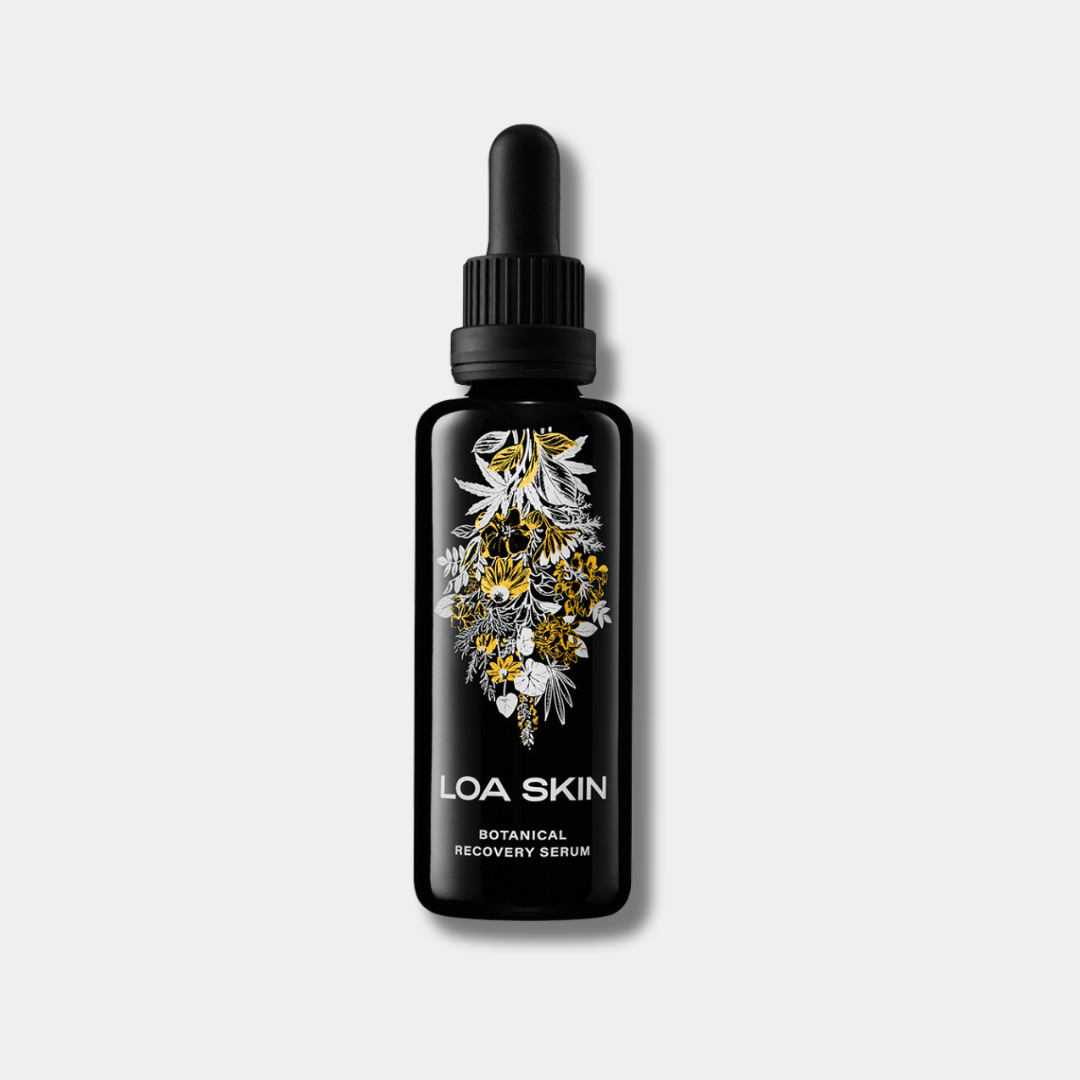
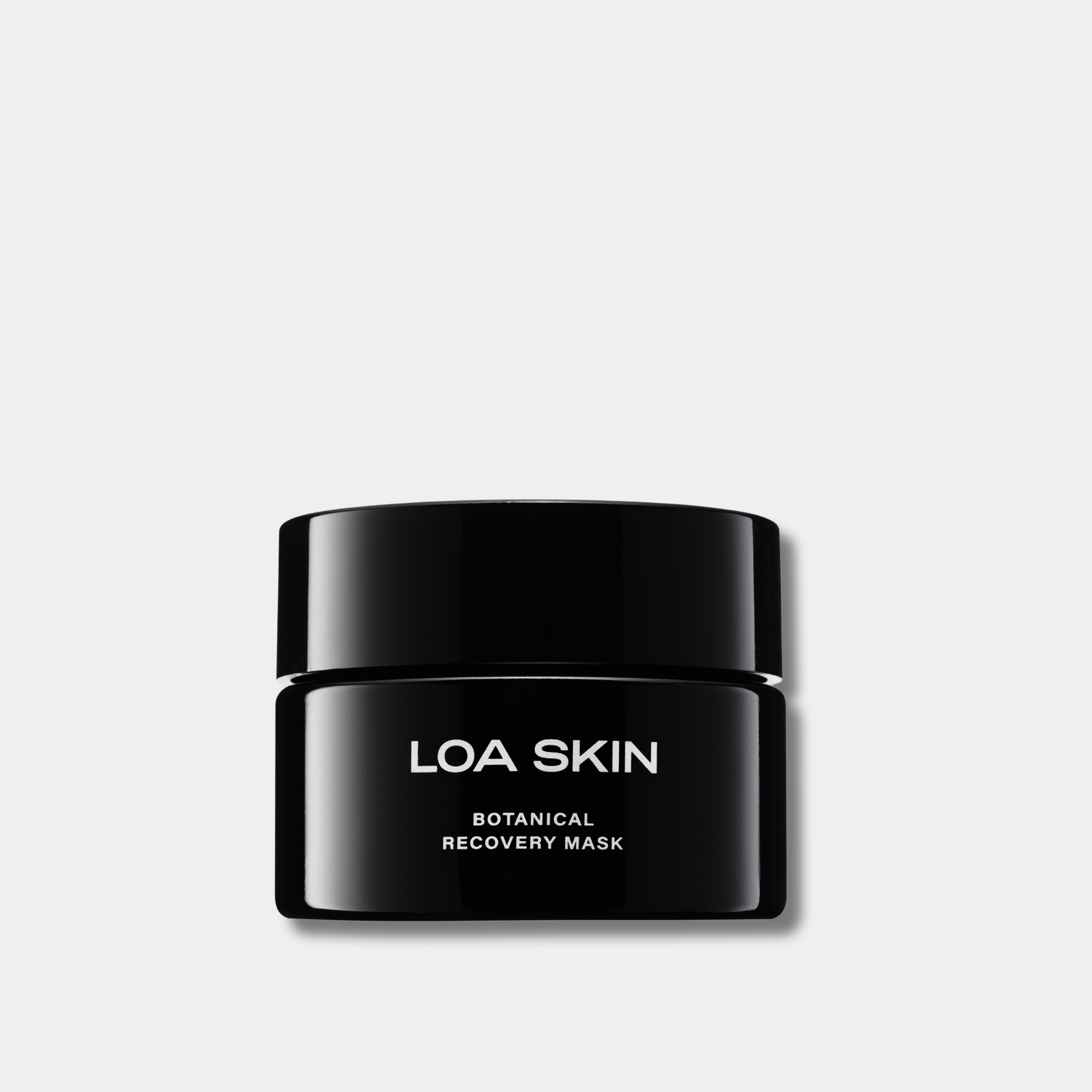
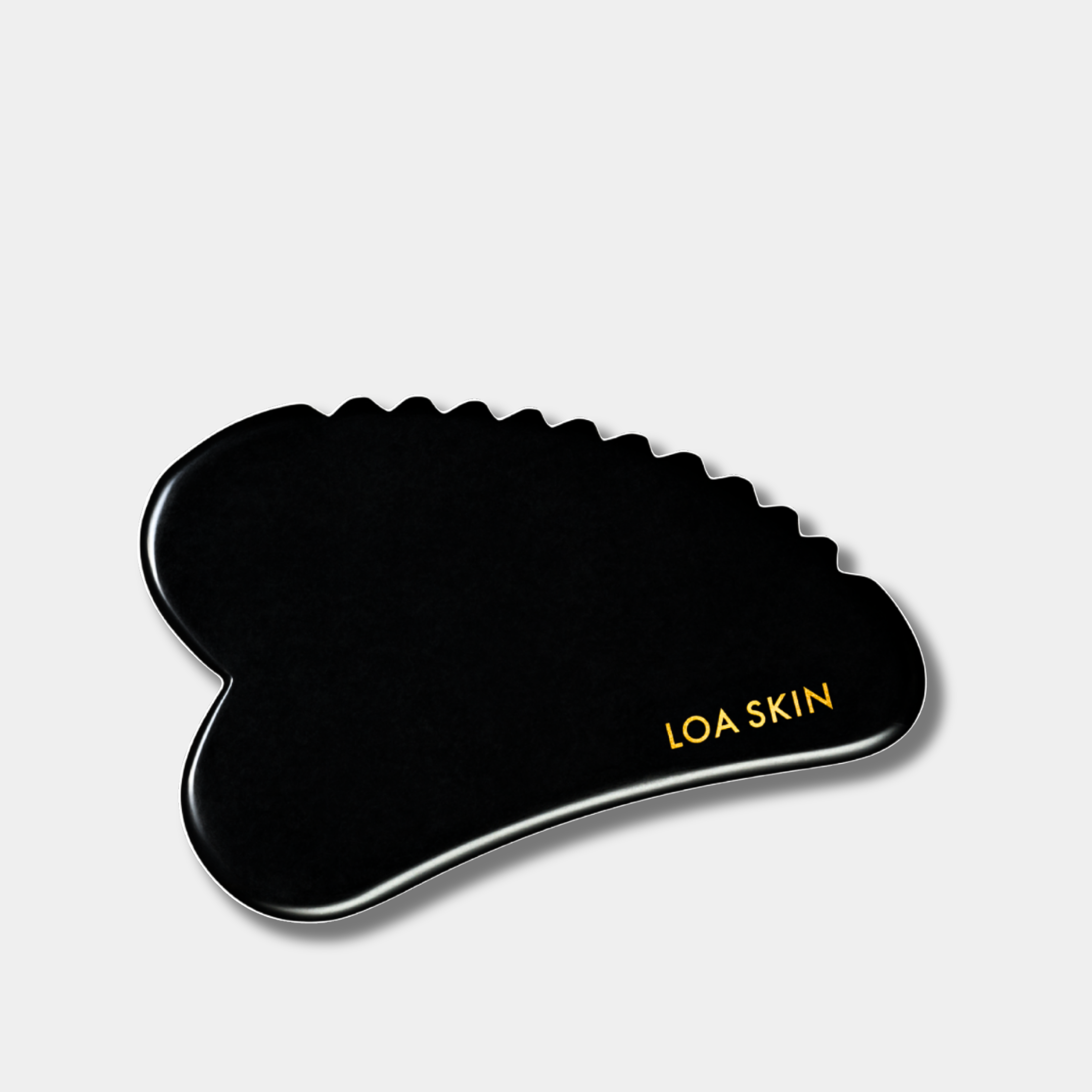
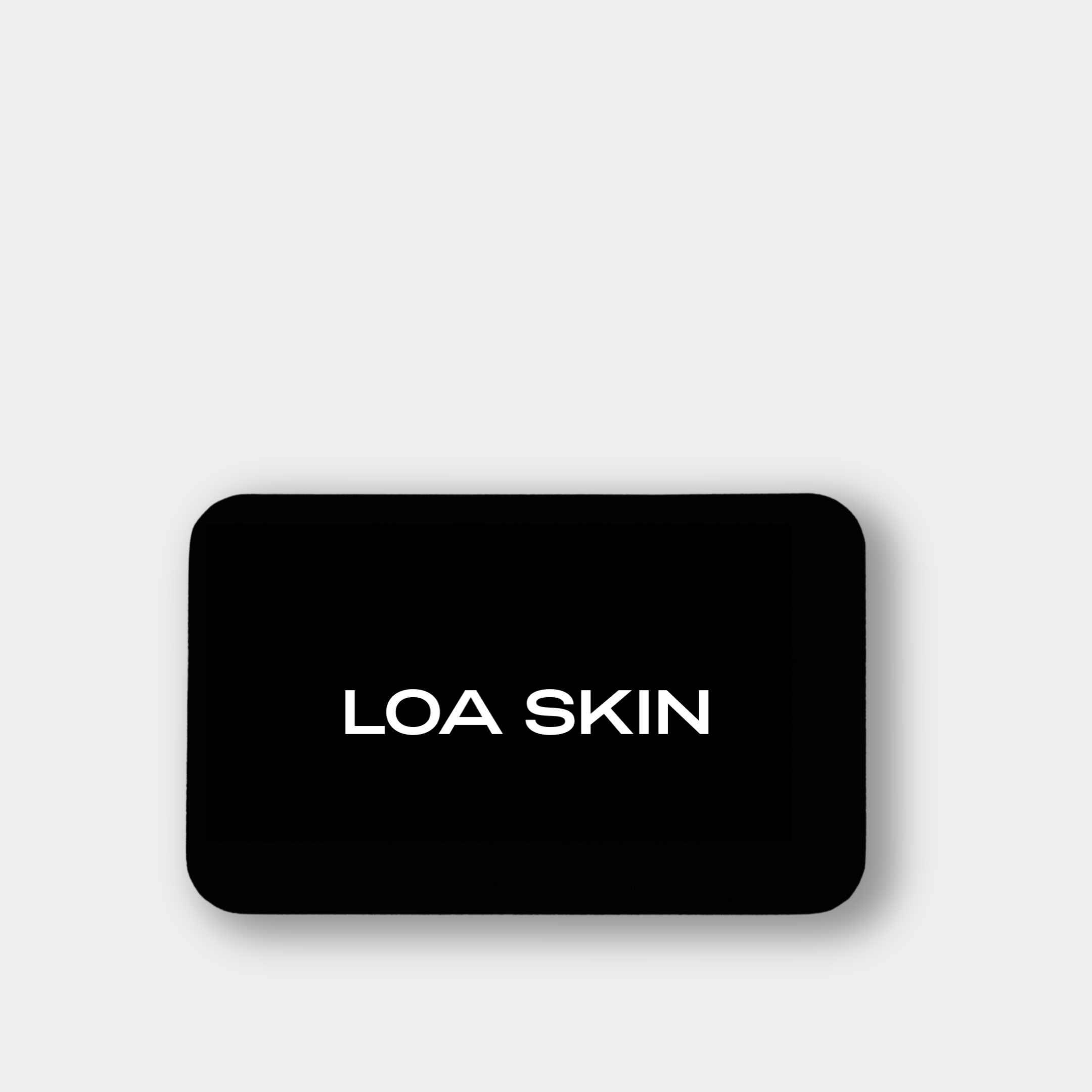
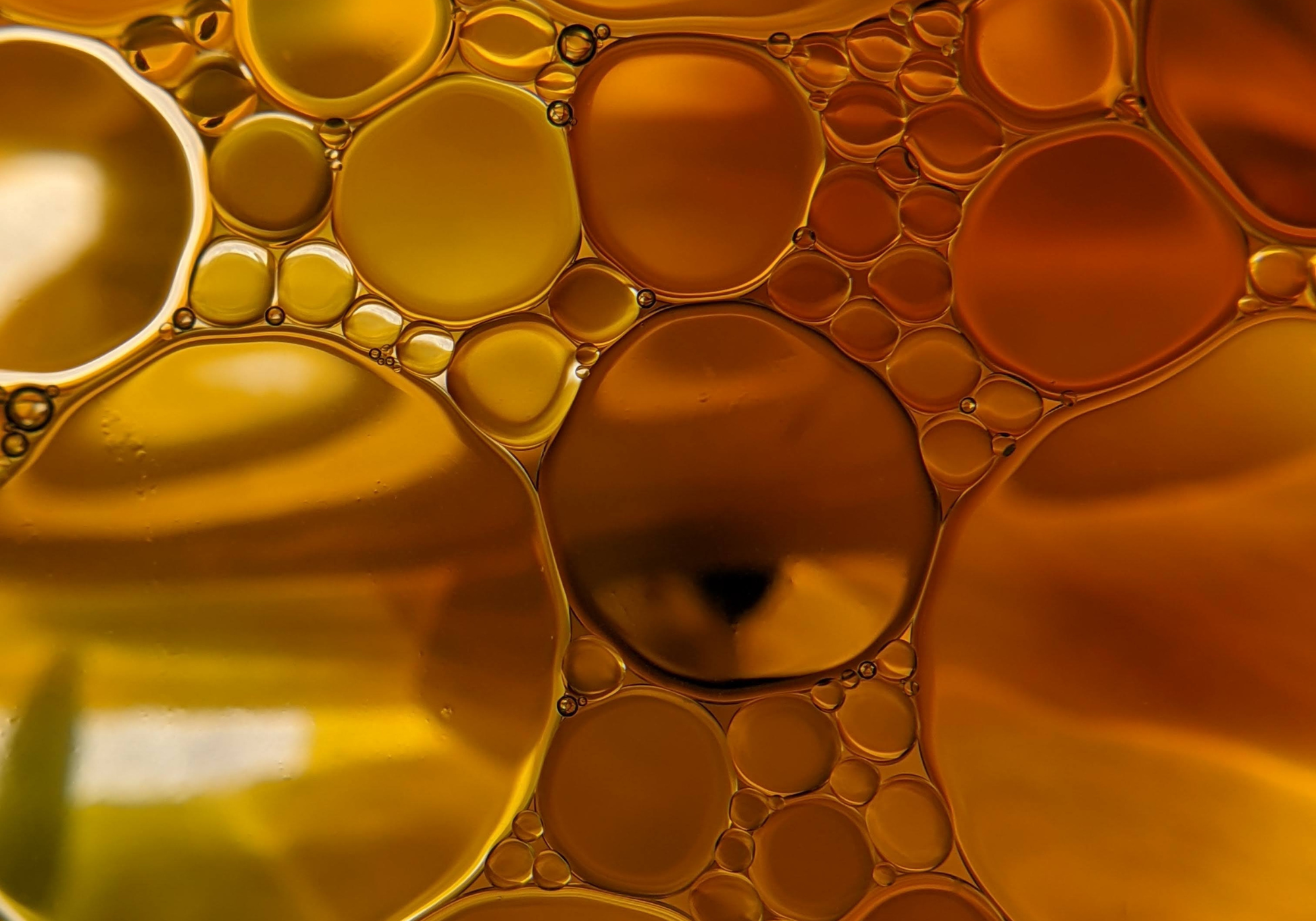
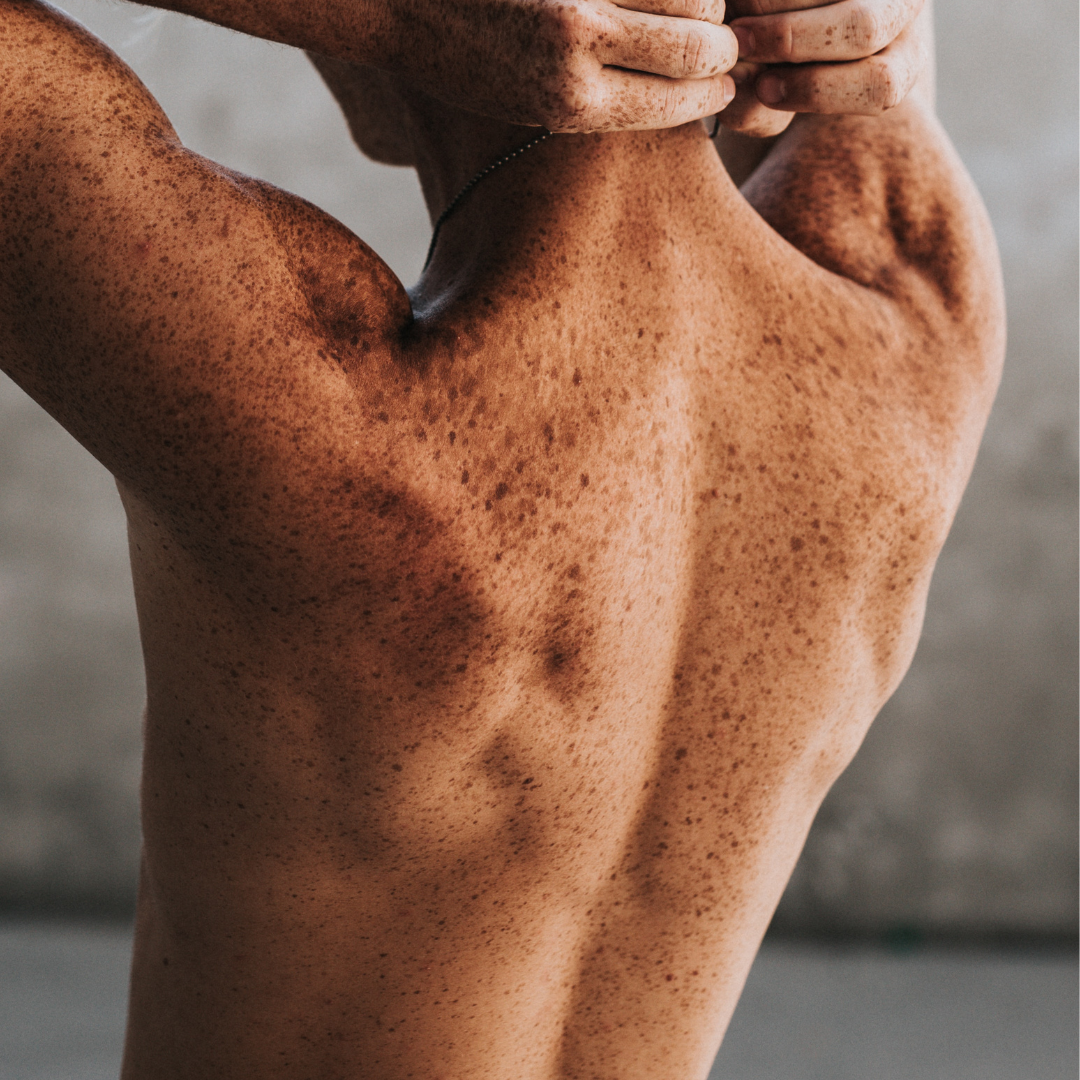
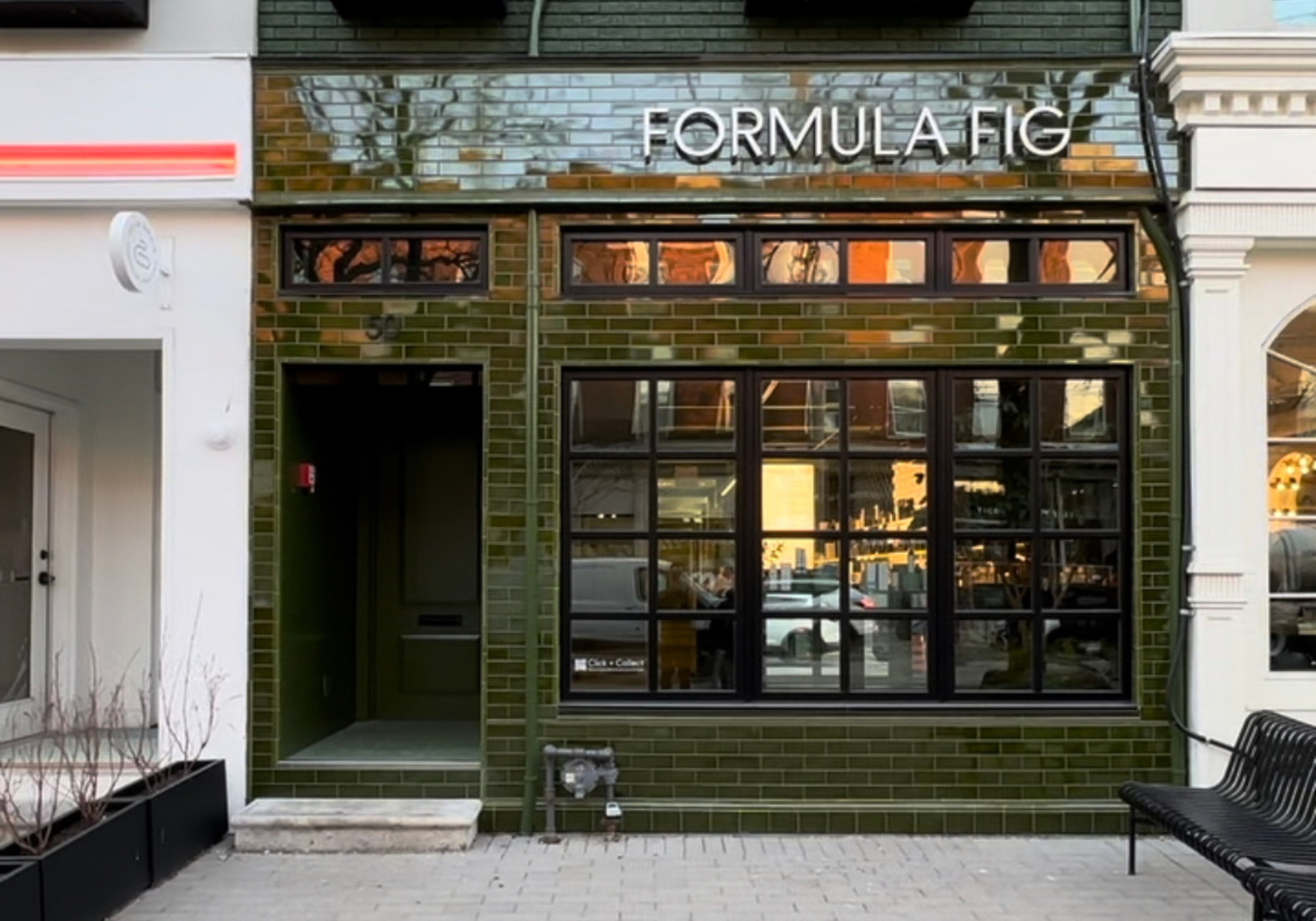
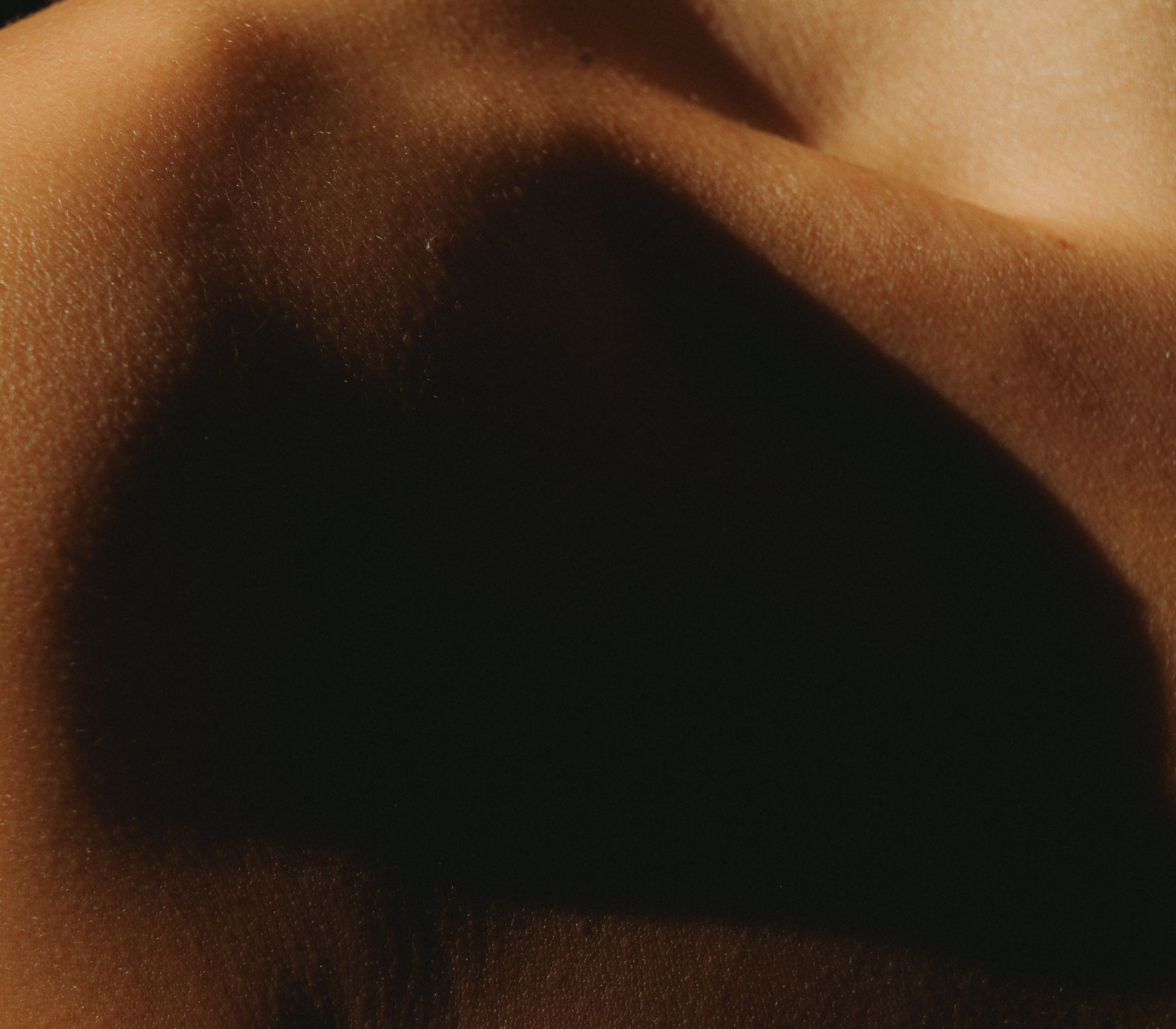
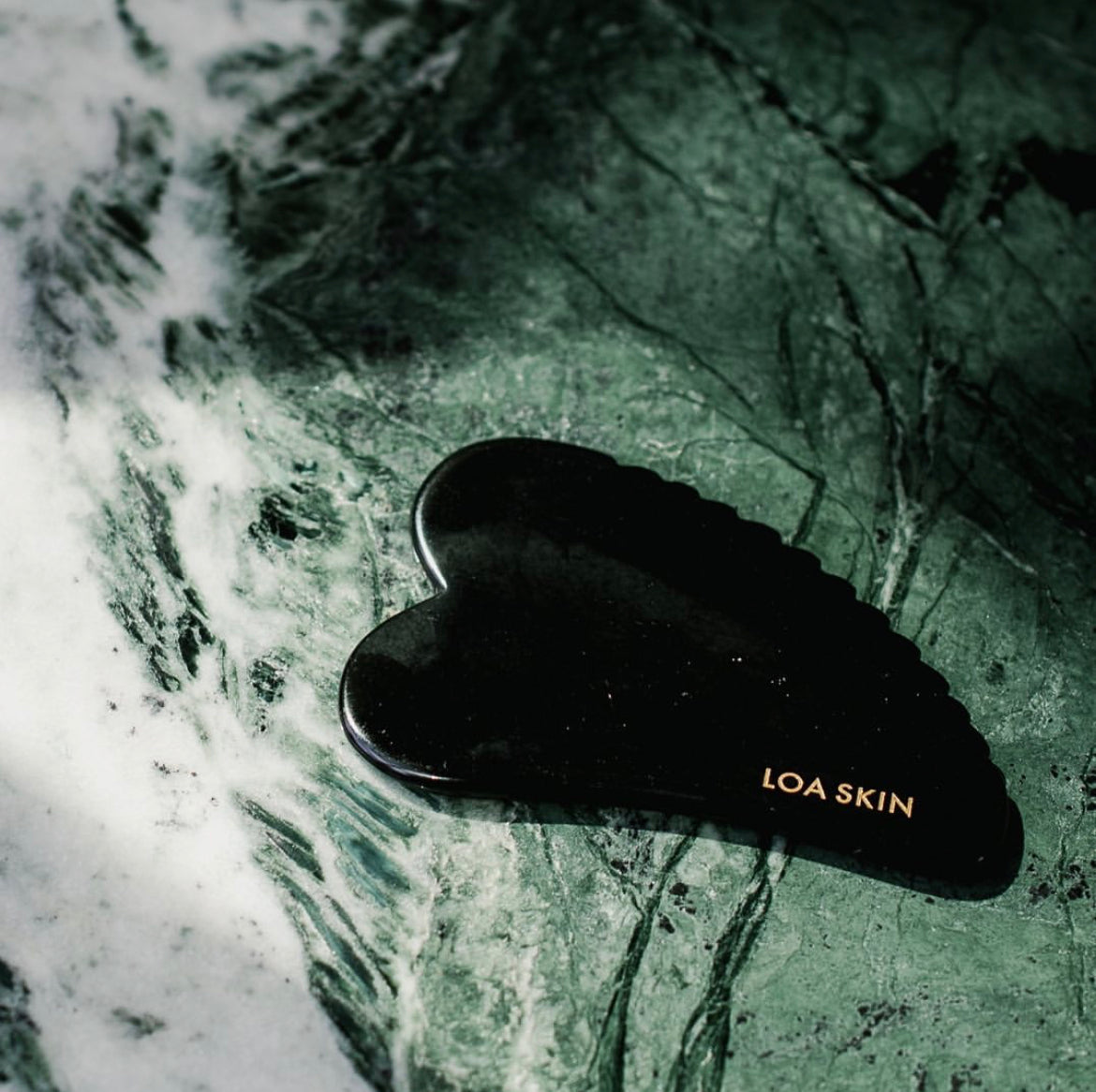
Leave a comment
This site is protected by reCAPTCHA and the Google Privacy Policy and Terms of Service apply.